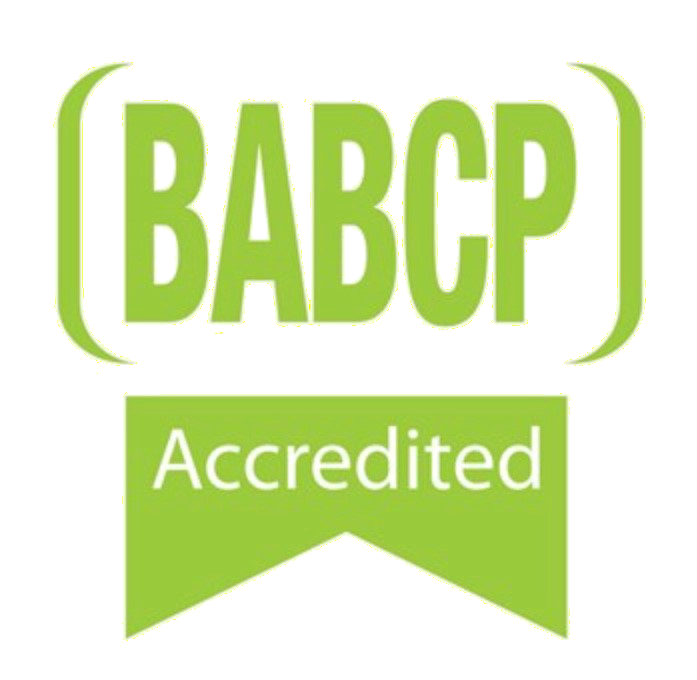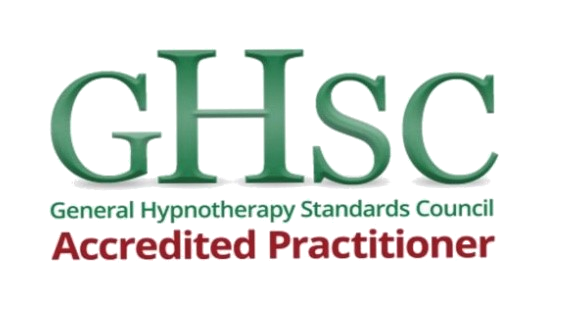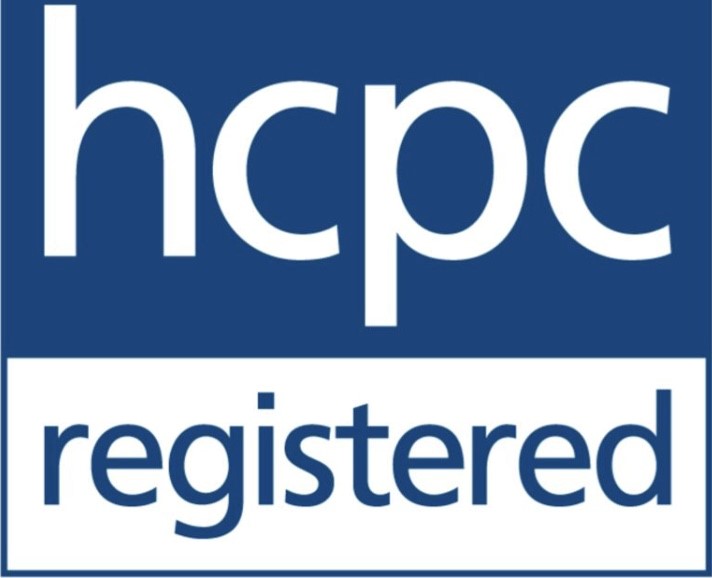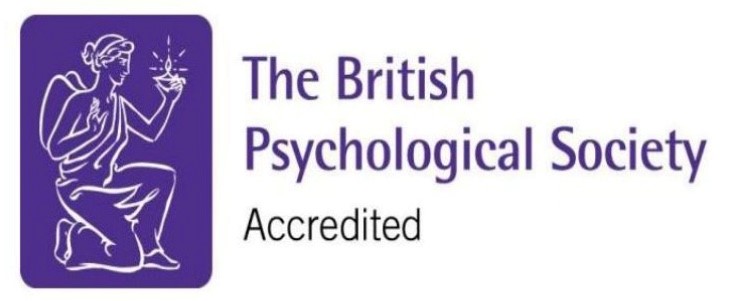Cognitive Behavioural Therapy for Emetophobia - Vomiting Phobia in London and Across the UK
We provide fast and effective CBT treatment for Emetophobia also known as vomiting phobia from our clinics across the UK. You can also organise Cognitive Behavioural Therapy for Emetophobia with one of our 250 plus BABCP accredited Cognitive Behavioural Psychotherapists online via video-link. CBT is the recommended treatment of choice for vomiting phobia and the published evidence shows that it is more effective than other forms of therapy or medication. To talk to a CBT expert about treatment for your Emetophobia symptoms, call 01732 808626 or email info@thinkcbt.com
What is Emetophobia?
Emetophobia is a highly debilitating psychological problem affecting up to 7% of the wider population. This complex anxiety related problem usually involves a preoccupation with and avoidance of situations that could lead to vomiting or seeing others vomit. Emetophobia is often concurrent with other related problems including Panic Disorder, Health Anxiety, Social Phobia and Depression. It’s also often misdiagnosed as OCD due to the highly controlled and ritualised safety and avoidance behaviours used by clients to control their fear of vomiting.
Emetophobia is maintained by a vicious cycle involving a focus on internal body sensations leading to high anxiety, the use of safety and avoidance behaviours to control the anxiety and worry about vomiting in person or seeing other people vomit. The intensity of anxiety associated with the fear of vomiting varies. This ranges from mild anxiety to panic attacks and feelings of depersonalisation. The fear can be so intense that it profoundly affects the individual’s quality of life, resulting in isolation, withdrawal, feelings of shame and increased suicidality.
Emetophobia is maintained by five key behavioural processes. These are:
- Hypervigilance to potential situations that could lead to or increase the risk of vomiting.
- Body scanning to check and detect feelings of illness or naucea.
- Avoidance of situations or places that may increase exposure to germs or contaminants.
- Worry about and preoccupation with situations that might increase the risk of vomiting.
- The use of safety behaviours to limit potential infection or exposure to people who might vomit.
Emetophobia can be so intense that it is often incorrectly diagnosed as Obsessive Compulsive Disorder. This is usually due to the use of cleaning routines or engrained behavioural rituals designed to limit or ward off the possibility of vomiting. The differentiating factor between OCD and Emetophobia is whether the routines or rituals are specific to the avoidance of vomiting.
Emetophobia sufferers usually understand the irrationality of their problem, however the feelings of anxiety are so strong that the avoidance and safety behaviours are used to provide short-term relief even when the individual acknowledges that their behaviour is disproportionate and illogical.
Emetophobia is often linked to a fear of losing control and has been associated with past traumatic experiences. In this way, Emetophobia represents the individual’s struggle with uncertainty or unpredictability and can be seen as a proxy for safety and control.
The Specific Phobia of Vomiting Inventory
The SPOVI is a psychological assessment that you can take online to help assess if you meet the criteria for a diagnosis of Emetophobia. This is a screening questionnaire and whilst it provides useful feedback information, this should not be used in isolation and without the support of a specially trained psychological health professional.
What Causes Emetophobia?
There is limited research into the precise causes of Emetophobia, however genetic predisposition, early childhood experiences and the maintenance of vomiting memories are known to play a significant role in Emetophobia. Researchers agree that exposure to vomiting situations, association with fear of losing control and engrained patterns of avoidance play a significant part in the development of Emetophobia.
How is Emetophobia Treated?
Although SSRI medication and anti-emetics are often prescribed to contain the anxiety and physical feelings of Norcia, the treatment of choice is Cognitive Behavioural Therapy. CBT is used to alter the unhelpful thinking patterns and safety / avoidance behaviours that keep the Emetophobia going.
The Cognitive Behavioural Therapy treatment process for Emetophobia involves eight key approaches:
- Psychoeducation and formulation to identify the causes, triggers and psychological maintenance patterns that predispose, precipitate and perpetuate the client’s Emetophobia. This involves a structured assessment and the development of a “blueprint” of the factors that maintain the Emetophobia.
- Attention Training involves teaching the client to shift their focus from the physical, emotional and cognitive cues that trigger the problem. This may also involve mindfulness related activities to improve awareness of and lower resistance to internal thoughts and feelings.
- Interoceptive exposure exercises involve exposure to and exploration of internal physiological feelings. The purpose of this approach is to normalise internal sensations.
- Cognitive appraisal and restructuring to alter the “catastrophic “ nature of beliefs about vomiting. This approach is drawn from mainstream Cognitive Behavioural Therapy and involves learning how to identify and change unrealistic or unhelpful thinking patterns. This approach also involves Behavioural Experiments to test out and alter negative predictions and beliefs
- Cognitive defusion techniques to acknowledge, normalise and unhook from negative thoughts about vomiting. Defusion approaches are drawn from a special “third wave” form of CBT known as Acceptance and Commitment Therapy (ACT). ACT techniques focus on learning how to notice and let go of unhelpful or unwanted thoughts by improving psychological flexibility.
- Graded Behavioural exposure to situations normally avoided to limit the risk of vomiting. This involves very small steps to help reacclimatise the client and normalise the avoided situation. This is done by producing a stepped hierarchy of feared situations or places.
- Exposure Response Prevention (ERP) to bring on manageable levels of anxiety associated with the fear of vomiting. ERP helps the client to habituate their anxiety without applying safety or avoidance behaviours. In this way, the anxiety response is normalised, and the sufferer learns to cope with distressing feelings. ERP can be applied along-side the exposure hierarchy outlined above.
- Exposure Relevant to Purpose (ERP2) involves a similar approach to exposure response prevention, however the emphasis is shifted from coping with anxiety to focusing on behaviours consistent with the individual's personal values and goals. This still involves exposure to feared situations, however the client is encouraged to develop a willingness to feel the distress in the service of acting in a fulfilling and rewarding manner.
Depending on the causes of the client’s Emetophobia and the degree of traumatisation, another evidence based psychological approach known as Eye Movement Desensitisation and Reprocessing (EMDR) may also be applied as an adjunct to CBT.
The number of sessions required to effectively treat Emetophobia varies on the causes and duration of the problem. Typically, however, Emetophobia can be treated in twelve-sixteen sessions of Cognitive Behavioural Therapy.
Emetophobia is a complex psychological problem that should only be treated by an experienced and qualified Cognitive Behavioural Psychotherapist. In our experience other forms of talking therapy should be avoided, where there is an absence of research data or where the therapist concerned does not have a clear treatment rationale and therapy plan.
We have worked with many Emetophobia clients where other forms of unstructured or exploratory talking therapies have been previously used with informal support. limited success or negative impact on the problem. It’s therefore important to check the credentials and experience of the therapist before booking an appointment.
Unfortunately, there are many counsellors and therapists offering CBT without the required level of qualifications and assessed competency.
Always ensure that your CBT specialist is properly qualified and professionally accredited before booking therapy. The BABCP UK register is the only definitive way to check whether the therapist is professionally qualified and accredited by the British Association of Behavioural and Cognitive Psychotherapy (BABCP). This is the recognised UK body for professional CBT in the UK and Ireland.
If you need information, guidance or advice before arranging treatment for Emetophobia, you can contact the Think CBT team for email info@thinkcbt.com or call 01732 808626
















